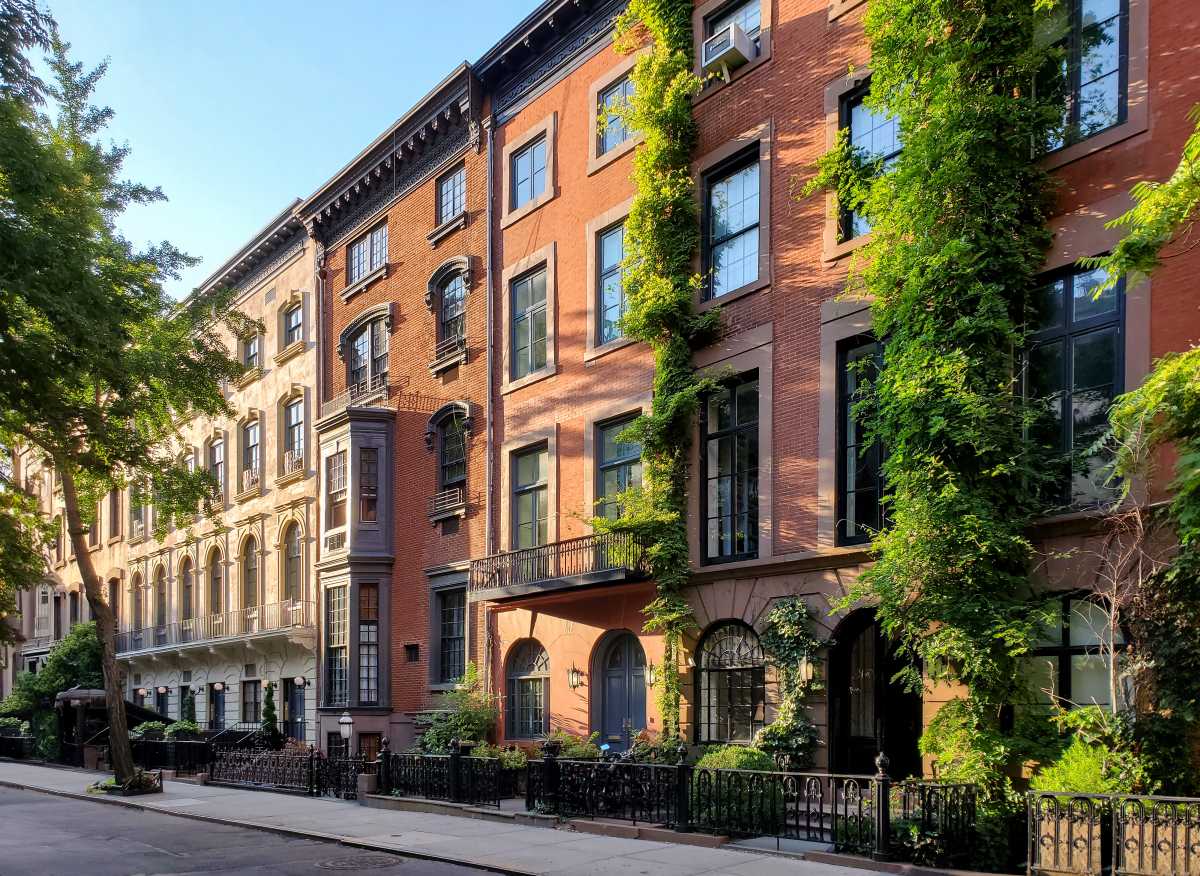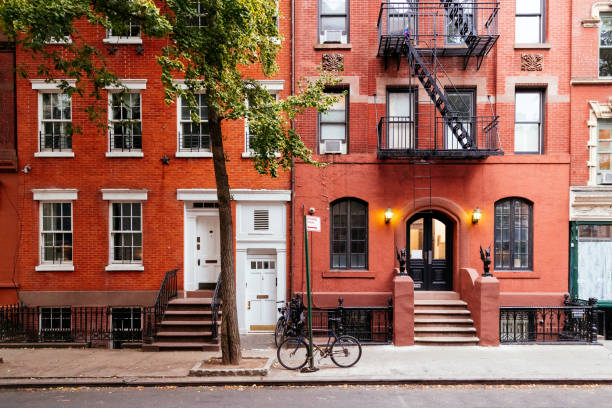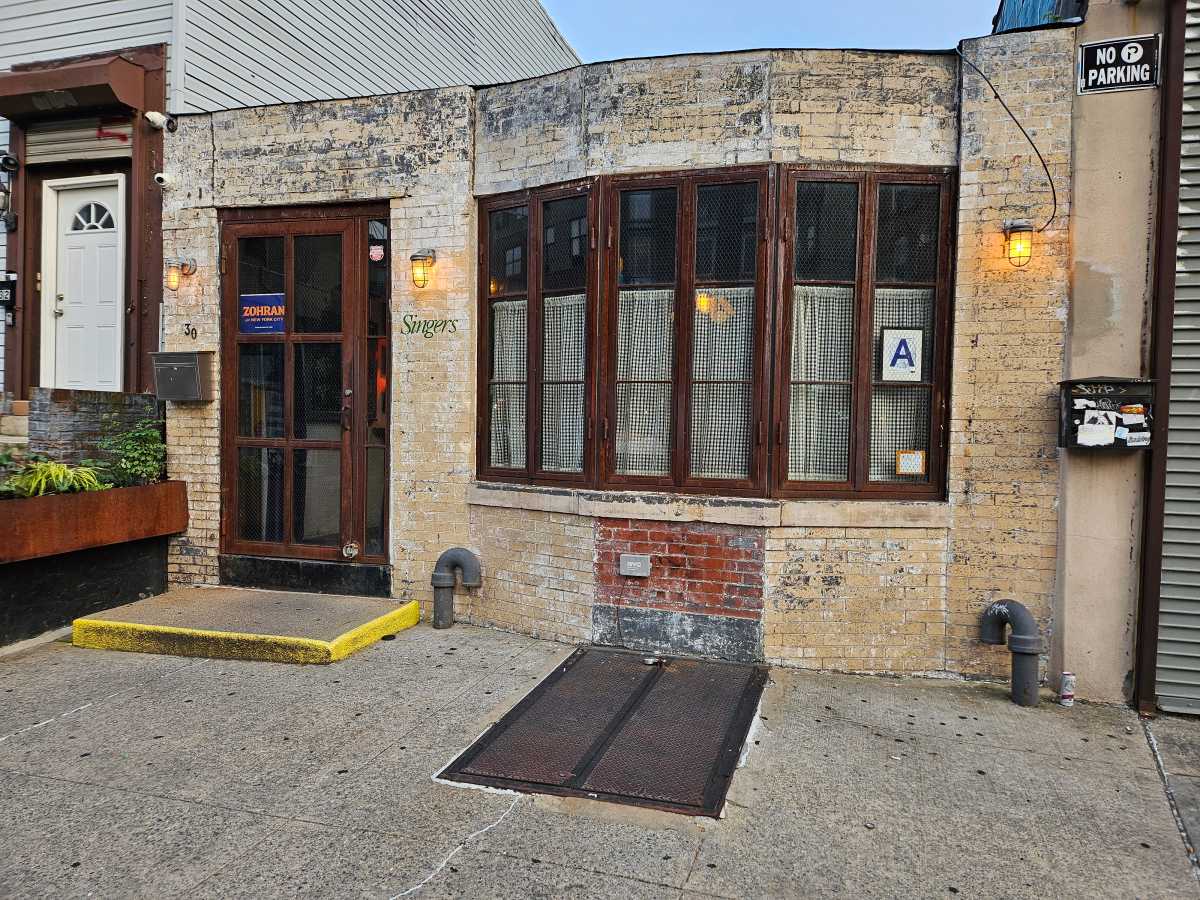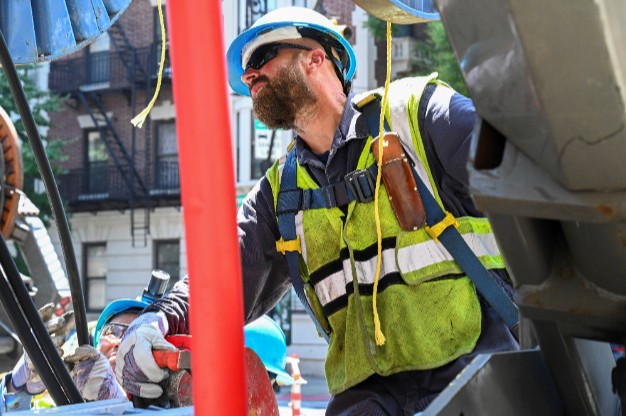
Inwood’s rezoning is being championed by lawmakers as a major neighborhood investment that will create 1,600 new affordable apartments, but some community advocates argue the plan isn’t truly affordable for the people who already live there.
With an annual median income of $41,687, community advocates contend the city’s affordable housing standards close the door on existing Inwood residents and open new developments up to an influx of moderate-income renters who can afford slightly higher rents.
“It still only gives a handful, a very small percentage of truly affordable housing to folks in Inwood,” Nova Lucero, a spokeswoman for the Metropolitan Council on Housing, said.
Under the rezoning approved by the City Council, at least 25 percent of the private development units created will be reserved for households making 60 percent or less of the area median income (AMI), which is $56,340. Within that 25 percent, 10 percent of the units will be set aside for families with a collective annual income at or below 40 percent AMI, which comes to $37,560.
The Met Council believes “truly affordable” housing would accommodate more households who make below $35,000 a year, according to Lucero.
“East of Broadway, a lot of folks are making like $15,000 a year, $12,000 a year, some of them $7,000 a year,” she added.
When breaking down the true affordability of the affordable housing options for Inwood at the median income of $41,687 (which includes a benefits package), a two-bedroom apartment for a family of three would cost $1,045 a month based on the standards set by the city, which leaves less than $2,428 to cover all other monthly expenses from utilities, transportation and groceries to cable, phone service, child care and more. In 2016, New Yorkers spent an average of $566 per month on food and $118.50 a month on public transit, according to the U.S. Bureau of Labor Statistics, and the MetroCard has since gone up to $121 for an unlimited monthly ticket.
The Met Council and other housing advocates in the northern Manhattan neighborhood argue it’s unfair to hold Inwood residents to the same affordable housing standards as the rest of the city when they make on average $31,184 less than Manhattan’s income average ($72,871) and $11,686 less than the citywide income average ($53,373), according to the city Economic Development Corporation’s Inwood Rezoning Action Plan.
Despite the backlash from housing advocates, the city EDC applauded the City Council’s approval and vowed that the plan would “help Inwood remain a place for working families.”
“Over the past four years, we have worked with [City Councilman Ydanis Rodriguez] and community stakeholders to develop a smart and equitable plan for the future of Inwood,” NYCEDC president and CEO James Patchett said. “Inwood NYC will deliver over $200 million in new public investment and create thousands of units of affordable housing, new waterfront open space, and high-quality STEM education.”
A major point of contention for housing advocates is the use of AMI, which is set by the U.S. Department of Housing and Urban Development, to determine affordable housing standards. New York City’s AMI is calculated using the median incomes from each of the five boroughs plus those of Westchester, Putnam and Rockland counties, where the average annual income is much higher.
The inclusion of wealthier counties outside of the five boroughs distorts the affordable housing standards set by the city, making it harder for residents to actually manage affordable housing rents.
Jessica Yager, executive director of the nonprofit NYU Furman Center, said affordable housing units earmarked at various income levels can be good for the entire neighborhood.
“Only by providing housing at a range of incomes can the city achieve greater diversity within all neighborhoods,” Yager said. “Further, subsidized units targeted to different incomes can relieve pressure on rents, even for households below the income-eligibility threshold.”
Before the City Council approved the rezoning, the Met Council on Housing put out its own proposal on how to make the options “truly affordable” for Inwood residents. The plan set aside 60 percent of new apartments for families making 60 percent AMI or less, rather than the 25 percent of new units that will be implemented.
“But then we allot 10 percent here and 20 percent here to folks making a little bit more so that we can balance it out,” Lucero explained. “We know that we’re not making just housing for folks that are low-income. We support having mixed (income housing), but we want to prioritize people who are making much less.”




































